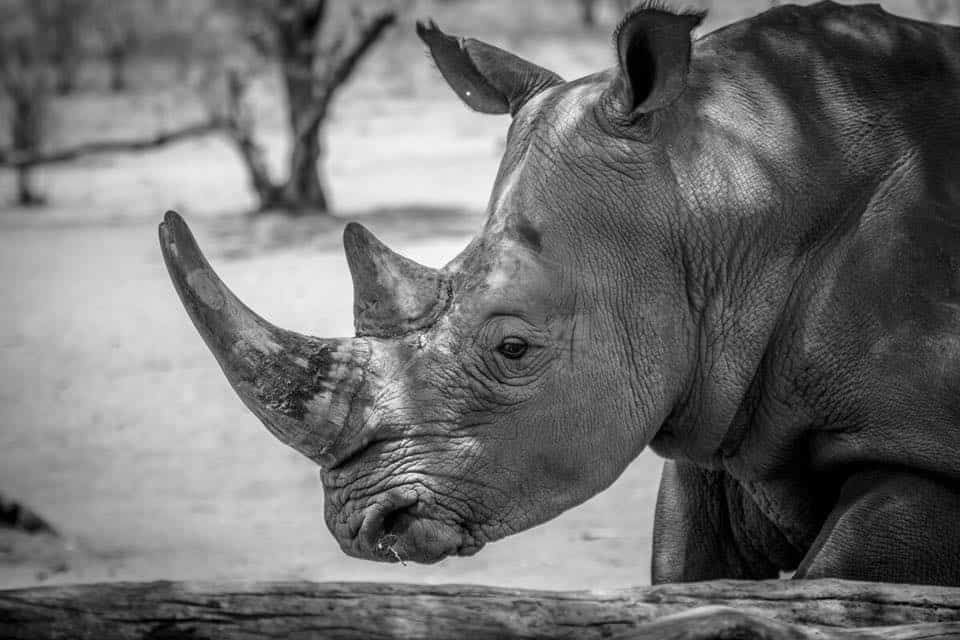Four Zimbabwe rhinos die after drinking polluted water

Four white rhinos have died in Zimbabwe after drinking from a sewage-polluted lake that is also the main supplier of water to the nearby capital, the wildlife authority said on Saturday.
For the latest animal news, bookmark The South African website for free-to-read content
Three zebra, four wildebeest, four fish eagles and several goats and cattle also died over the past week after drinking from Lake Chivero, 30km from Harare, a spokesperson told AFP.
Also toxic to humans
The animals had been poisoned by cyanobacteria, which is also toxic to humans.
“Cyanobacteria is caused by water pollution,” ZimParks spokesperson Tinashe Farawo told AFP.
“Pollution keeps increasing in Lake Chivero where the Harare city council is depositing raw sewage.”
ZimParks relocated the remaining rhinos from the Lake Chivero Recreational Park to avoid further deaths, he said.
Authorities do not give figures for the numbers of white and endangered black rhinos in the country’s game reserves for security reasons, with the animals targeted by poachers.
ZimParks had tried to stop the wildlife from reaching the polluted water but it had been difficult amid the hot, dry conditions.
“To mitigate the risk, we implemented measures to deter the animals from drinking from the affected dam by placing salt blocks and game nuts around the park, as well as artificial water points with clean water,” Farawo said.
“Regrettably, these efforts proved to not be enough, as the animals continued to drink from the lake.”
Critically endangered
White rhinos are listed by the International Union for the Conservation of Nature authority as a “near threatened” species, with the population growing after near-extinction in the late 19th century. There are about 10 080 in Africa, it says.
The black rhino is listed as critically endangered, with only around 3 140 remaining in the world.
In the most recent figures from ZimParks, Zimbabwe had just 496 black rhinos and 374 white rhinos in 2017.
Its black rhino population in the 1970s was about 3 500, the largest in the world, according to ZimParks.






